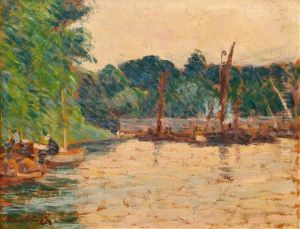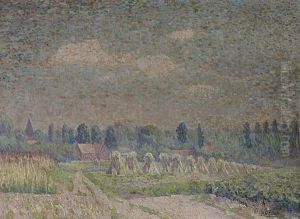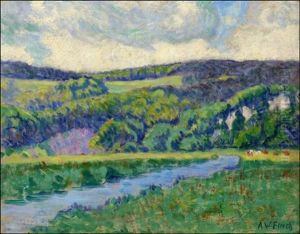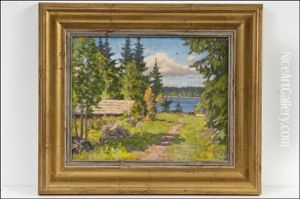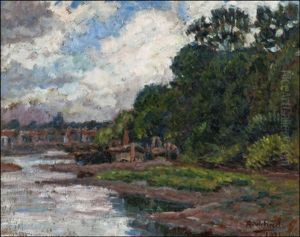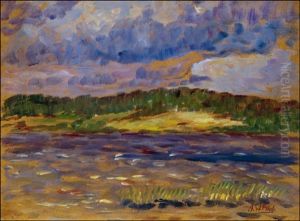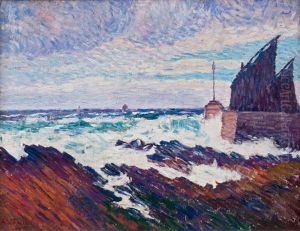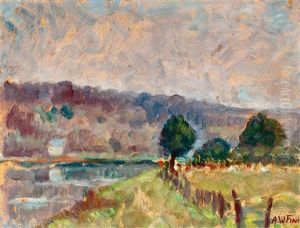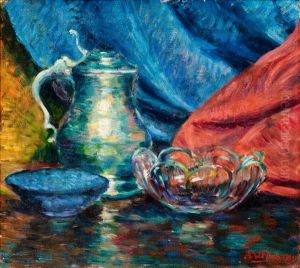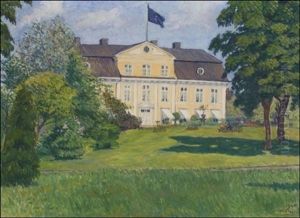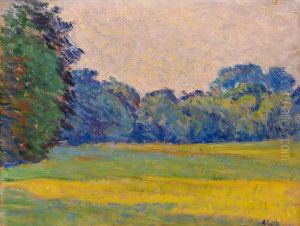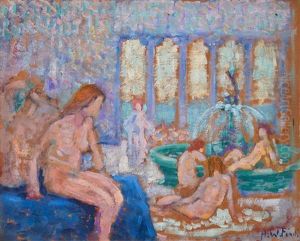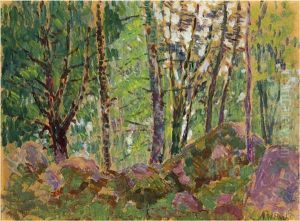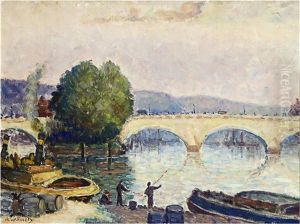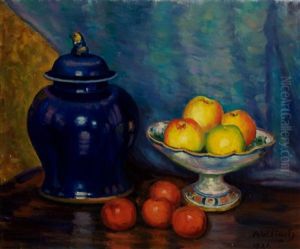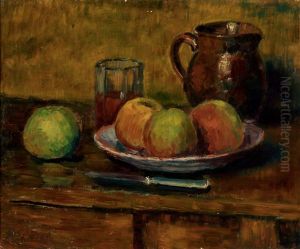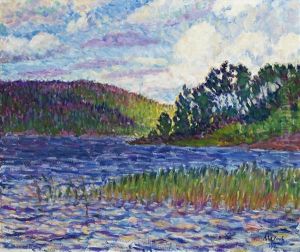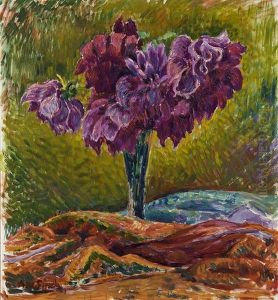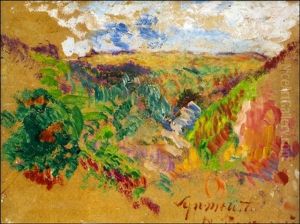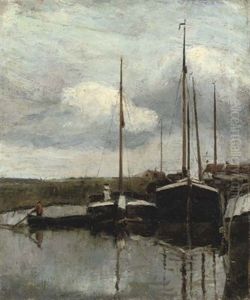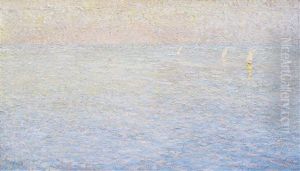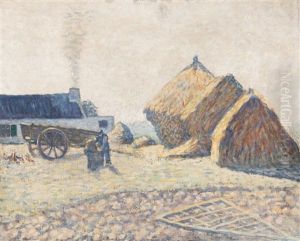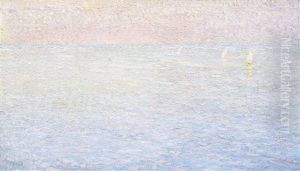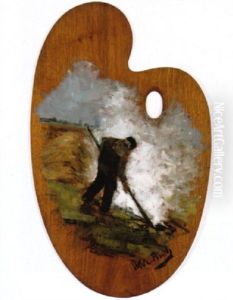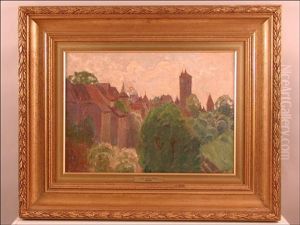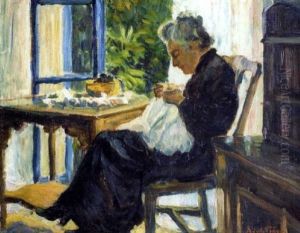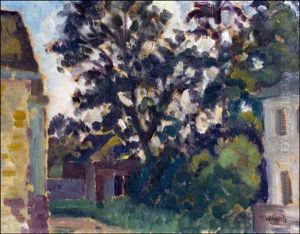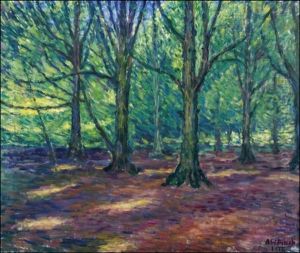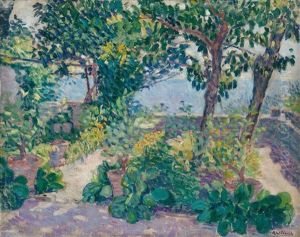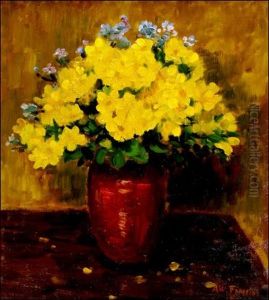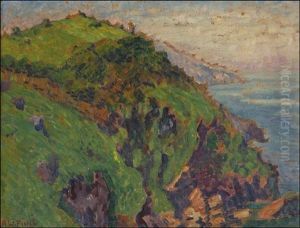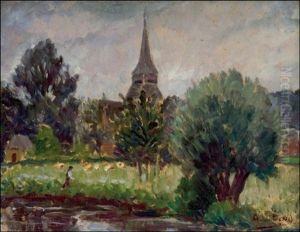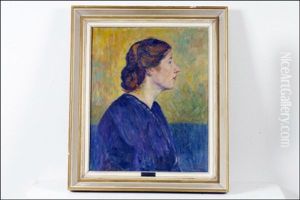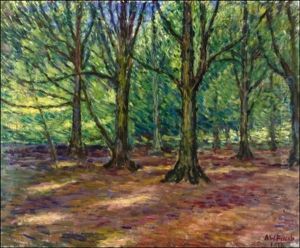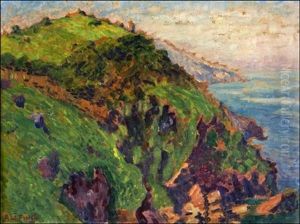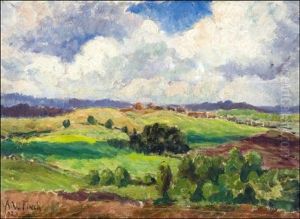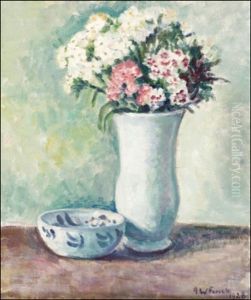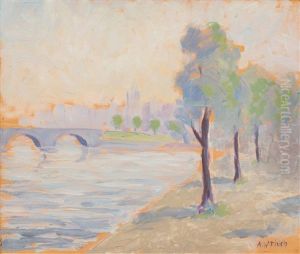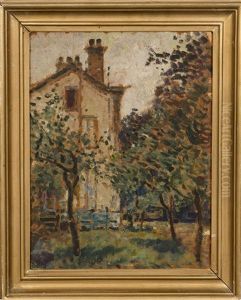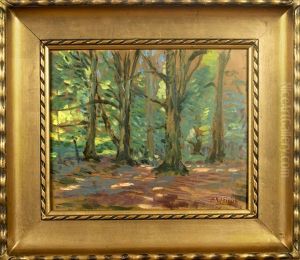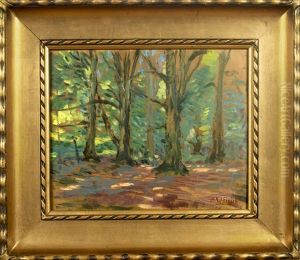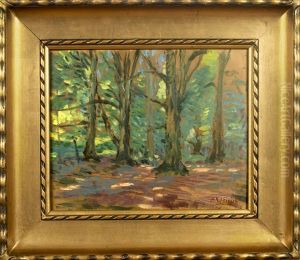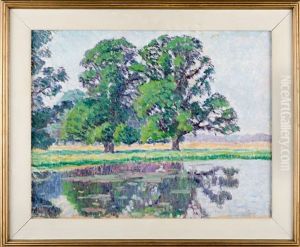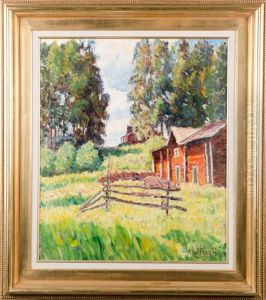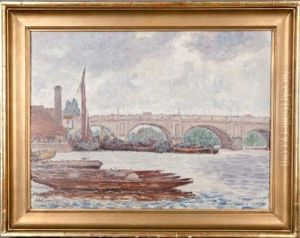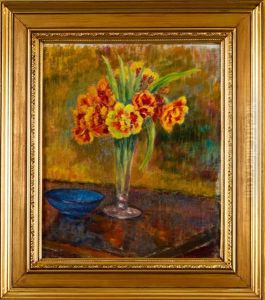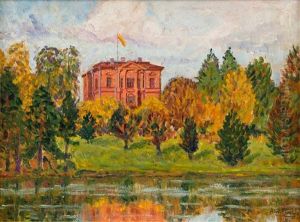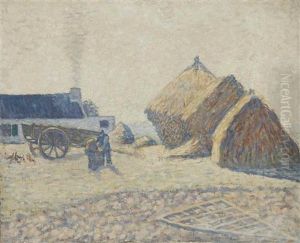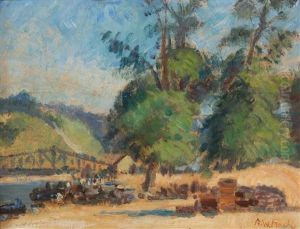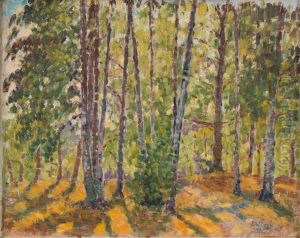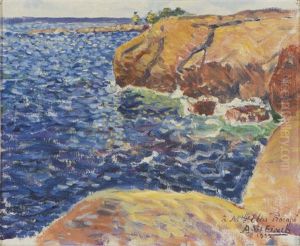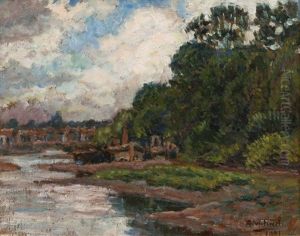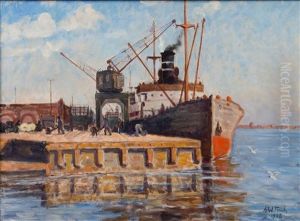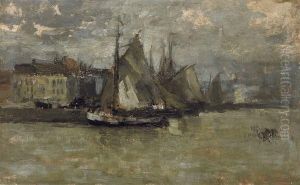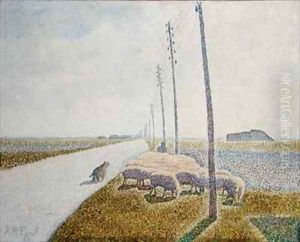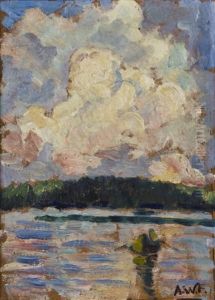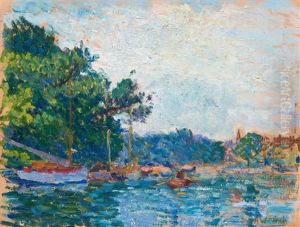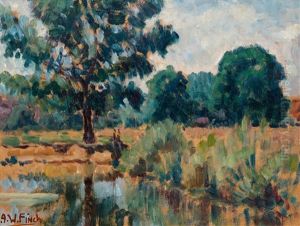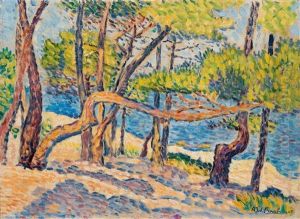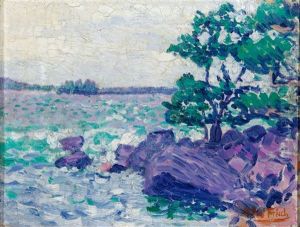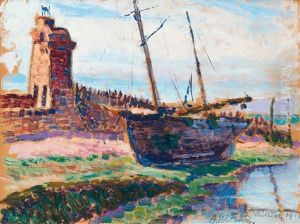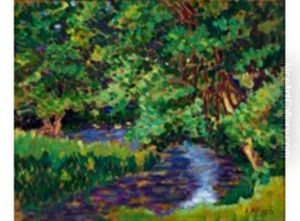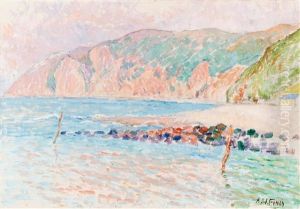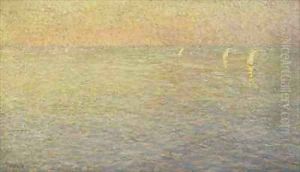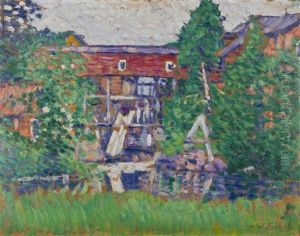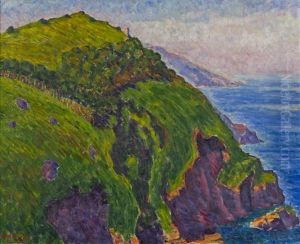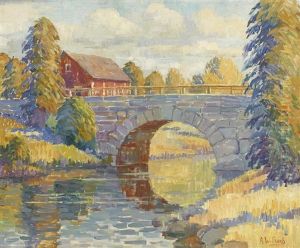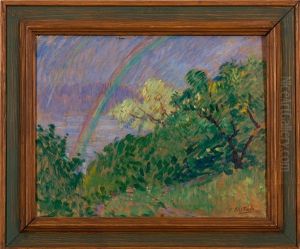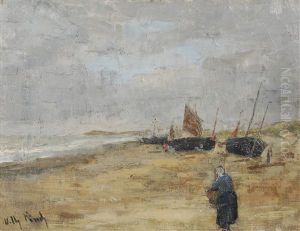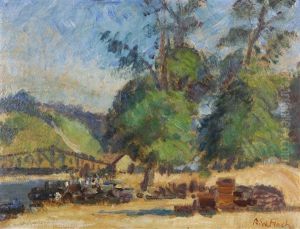Alfred William (Willy) Finch Paintings
Alfred William (Willy) Finch was a significant yet somewhat unsung figure in the realm of late 19th and early 20th-century art. Born on November 28, 1854, in Brussels, Belgium, to British parents, Finch was a painter, ceramist, and a key member of the artistic movement that shaped European modernism. Despite his British heritage, Finch spent much of his life and career in Finland, which influenced his artistic development profoundly.
Finch's early artistic education began at the Royal Academy of Fine Arts in Brussels, where he studied under the tutelage of Jean-François Portaels. His initial works were in the academic style, but he quickly shifted to a more impressionistic approach after being influenced by the ideas of the French Impressionists. In 1884, Finch, along with other avant-garde artists, co-founded the progressive artist group 'Les XX' in Belgium, which aimed to promote new artistic ideas and methods. Through this association, he experimented with pointillism and Neo-impressionism, engaging with artists like Georges Seurat and Paul Signac.
Around the turn of the century, Finch's interests shifted towards ceramics, which led him to move to Porvoo, Finland, in 1897. There, he became a central figure in the development of the Finnish art nouveau style, known as Jugendstil. As a professor at the Central School of Applied Arts in Helsinki, he influenced a generation of Finnish artists and contributed to the discourse on national identity through his work and teachings. His ceramics from this period are notable for their synthesis of Finnish cultural motifs and modernist aesthetics.
Finch's painting style also evolved during his time in Finland, reflecting the stark landscapes and unique light of the Nordic region. His later works are characterized by a bold use of color and simplified forms, often depicting the Finnish countryside. Despite his impact on Finnish art, Finch remained connected to international art movements, participating in exhibitions across Europe.
Willy Finch died on April 28, 1930, in Helsinki, Finland. His legacy is one of cross-cultural exchange and innovation in both the visual and applied arts. While he may not have achieved the same level of fame as some of his contemporaries, Finch's contributions to the evolution of modernist aesthetics and his role in Finnish art history continue to be recognized and appreciated.
